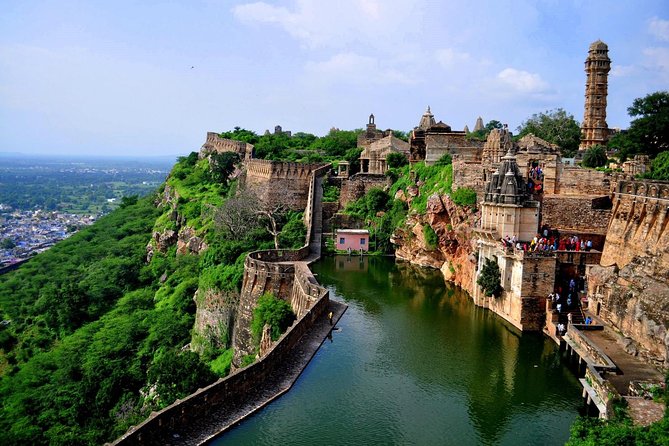Discovering Chittorgarh: A Treasure of History and Culture

Introduction
Chittorgarh, a city located in the southern part of Rajasthan, India, is renowned for its immense historical significance and cultural heritage. This magnificent city, once the capital of the Mewar Kingdom, is an essential destination for history enthusiasts and travelers alike. The grandeur of its forts and the stories of valor associated with them nurture a deep sense of pride among the locals and a sense of admiration from visitors. Notably, the Chittorgarh Fort, recognized as a UNESCO World Heritage Site, stands as a symbol of the city’s glorious past.
Historical Context
The history of Chittorgarh dates back to the 7th century, showcasing a rich saga marked by bravery and sacrifice. This was the site of several significant battles, including the famous siege by Alauddin Khilji in 1303 and the later siege in 1535 by Bahadur Shah of Gujarat. The legends of Rani Padmini and the Chittorgarh’s Rajput warriors resonate deeply in the annals of India’s history. The fort, sprawled across 700 acres, serves as a testament to the architectural prowess of its time, housing several palaces, temples, and towers.
Key Attractions
The primary attraction of Chittorgarh is undoubtedly the Chittorgarh Fort, which features a number of significant sites, including the Rana Kumbha Palace, the Fateh Prakash Palace, and the Gaumukh Reservoir. Among these, the Vijay Stambha, or the Tower of Victory, is notable for its intricate carvings and towering structure, dedicated to Maharana Kumbha’s victory over Gujarat. The fort’s impressive architecture and historical relevance draw thousands of tourists every year, making it a vibrant hub for both tourism and historical studies.
Present Day Significance
In contemporary times, Chittorgarh has evolved to be a key part of Rajasthan’s tourism circuit. The influx of tourists has not only aided the local economy but also revitalized interest in preserving the heritage sites. Efforts are being made by both the government and local organizations to promote sustainable tourism, while educating visitors about the importance of preserving history. Additionally, cultural festivals celebrated in Chittorgarh highlight the rich heritage and traditions of Rajasthan, fostering a deeper connection with the past.
Conclusion
Chittorgarh remains a reflection of India’s valorous history, echoing the tales of its heroic rulers and the sacrifices made for honor and freedom. Its forts and monuments are more than mere tourist attractions; they embody the spirit and courage of those who came before. As awareness regarding heritage conservation increases and tourism picks up, Chittorgarh presents itself not just as a destination but as a narrative waiting to be explored. With its intriguing history and cultural depth, Chittorgarh continues to be a crucial part of Rajasthan’s identity, inviting many to unlock its timeless stories.









